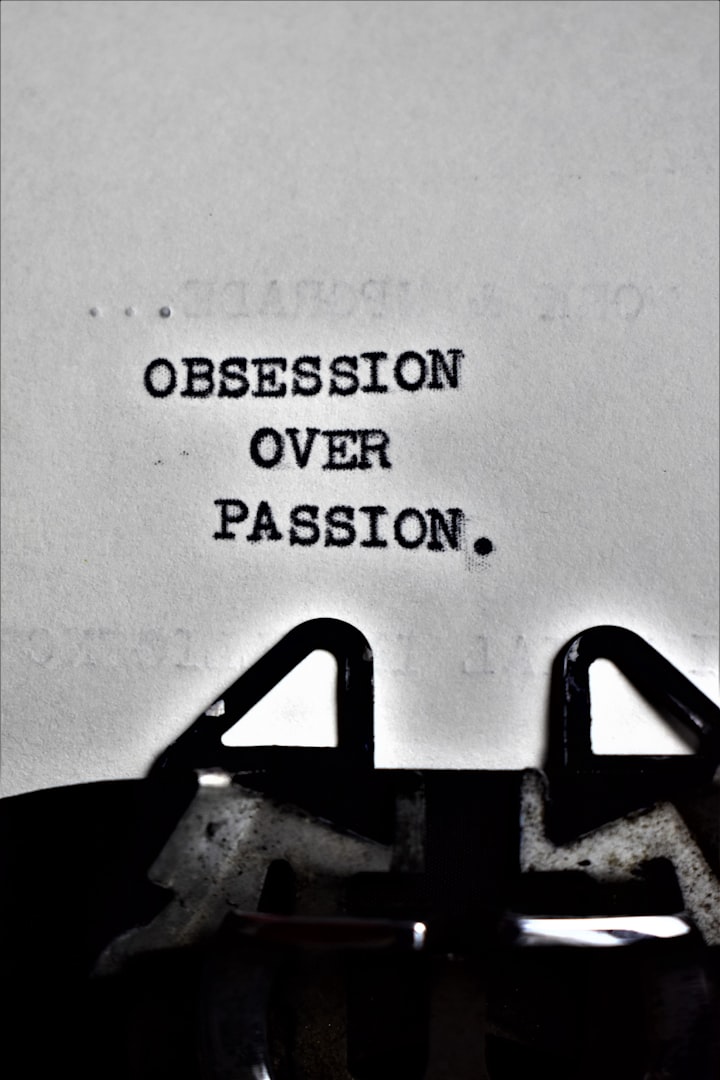Fireworks
History of fireworks

Fireworks have been around for over two thousand years and have been used for various purposes throughout history. The invention of fireworks can be traced back to ancient China, where they were used primarily for religious and ceremonial purposes. According to legend, a Chinese alchemist named Li Tian discovered fireworks while attempting to create an elixir of life. The first recorded use of fireworks in China was during a celebration in the year 200 BCE.
From China, the use of fireworks spread to other parts of Asia and eventually to Europe. In Europe, they were initially used primarily for military purposes, such as signaling the start and end of battles. It was not until the Renaissance that fireworks became popular as a form of entertainment. During this time, fireworks displays were held at weddings, festivals, and other public celebrations.
In the late 17th and early 18th centuries, fireworks displays in Europe reached new heights of creativity and spectacle. The use of intricate designs and a wider range of colors and effects became common, and elaborate pyrotechnic displays became a hallmark of celebrations in many European cities. The popularity of fireworks continued to grow throughout the 19th and 20th centuries, and today they are an important part of many cultural celebrations around the world.
In the United States, fireworks have been used to celebrate holidays and special events since the country's founding. The first recorded use of fireworks in the U.S. was in 1777, when they were used to celebrate the first Independence Day. Since then, fireworks have been an integral part of July 4th celebrations, and many other holidays and special events.
In the late 19th and early 20th centuries, advances in chemistry and pyrotechnics led to the creation of new types of fireworks with more colors and effects. The development of electrical ignition systems and computer-controlled displays also made it possible to create increasingly complex and spectacular displays. Today, fireworks displays are used to celebrate a wide range of events, from holidays and sporting events to grand openings and cultural festivals.
In addition to their use in public celebrations, fireworks are also an important part of many religious and cultural celebrations around the world. In Hinduism, for example, fireworks are used to celebrate Diwali, the festival of lights, which symbolizes the victory of good over evil. In the Philippines, fireworks are used to celebrate the New Year, and in Spain, they are used to celebrate the feast of San Juan, the shortest night of the year.
Despite their widespread use and popularity, fireworks also have their dangers. Improper use of fireworks can result in injury and even death, and fireworks pollution can have a significant impact on the environment and wildlife. In many countries, the use of fireworks is regulated by law, and it is illegal to use fireworks without a permit.
In conclusion, fireworks have a rich and fascinating history that spans over two thousand years. From their early use in ancient China for religious and ceremonial purposes, to their use today as a form of entertainment and celebration, fireworks have played an important role in many cultures and societies. Despite the dangers they pose, the beauty and spectacle of fireworks continue to captivate people of all ages, and they remain an important part of many cultural celebrations around the worldIn recent years, advances in technology have led to the creation of new and innovative fireworks displays. For example, computer-controlled displays now make it possible to coordinate the timing and effects of hundreds of individual fireworks in real-time. This has led to more intricate and visually stunning displays, as well as the ability to create synchronized displays that are synchronized with music and other forms of entertainment.
Another development in the world of fireworks is the use of pyrotechnic displays in the world of sports. Fireworks displays have become a regular part of many sporting events, including football and basketball games, where they are used to add excitement and energy to the atmosphere. Some of the most elaborate pyrotechnic displays are seen during the opening and closing ceremonies of the Olympic Games, where fireworks are used to create a memorable and unforgettable experience for the athletes and spectators alike.
Despite their many benefits, however, the use of fireworks also has its downsides. The noise and pollution generated by fireworks can be disruptive to wildlife and have a negative impact on the environment. Additionally, fireworks can be a significant fire hazard, and improper use can result in injury or death. In many countries, the use of fireworks is strictly regulated by law, and it is illegal to use fireworks without a permit.
In conclusion, fireworks have a rich and fascinating history that continues to evolve and develop to this day. From their early use in ancient China for religious and ceremonial purposes, to their use today in large-scale public celebrations and sporting events, fireworks remain an important part of many cultures and societies. As technology continues to advance, it is likely that we will see even more innovative and visually stunning fireworks displays in the years to come. Despite their downsides, the beauty and spectacle of fireworks continue to captivate people of all ages, and they will continue to be an important part of our cultural heritage for many generations to come.





Comments
There are no comments for this story
Be the first to respond and start the conversation.